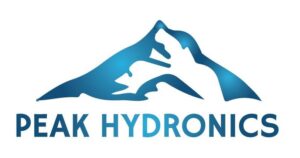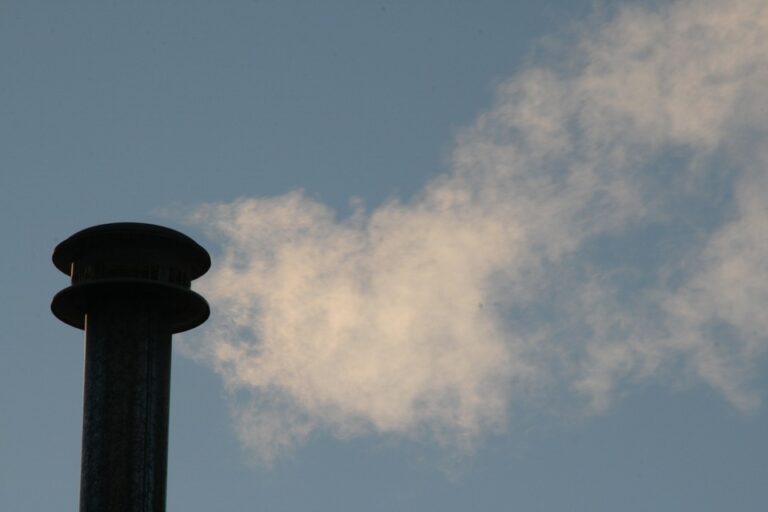A boiler is the heart of the house. This crucial system provides your home with heat and hot water. Boilers and their peripheral components need regular checkups and repairs in order to run safely and efficiently. These help to keep your home’s energy costs low and prevent costly repairs in the future.
Peak Hydronics wants to make sure your boiler is in perfect working order. Here is a checklist of maintenance you should perform on your boiler at least once a year:
Check the Temperature Readings
Look on the control panel display to check the temperature readings as well as the pressure readings. Refer to the manufacturer’s manual to see what range is normal for your unit. Remember that climate and temperature can influence these factors, so be sure to take this into account.
Typically, a boiler can be set from 140°F-160°F (60°C-70°C) in warmer temperatures and 170°F-190°F (75°C-87°C) during colder weather. 12 psi is the recommended starting pressure for cold weather, and 20-30 psi is a normal range for warm weather.
Again, it is best to refer to the manufacturer’s manual or speak an HVAC technicians about what temperature and pressure your boiler should be set at.
Check Error or Service Codes
Error and service codes will display on the control panel, so be sure to check regularly. If you see a code, you can reference the owner’s manual to determine what this issue is and how to fix it. Be sure to contact an experienced technician to help diagnose and resolve any error or service codes.
Examine the Vent Termination
The vent termination is where the boiler vents from the home’s exterior. Usually this is found on the roof or at the side of the building. Make sure the vent is free of blockages such as debris, ice, and snow. Blockages can lead to trapped CO (carbon monoxide) being forced back into your home, which can result in illness or even death.
Inspect Combustion Air Opening and Piping
The combustion air openings and pipes are used to bring in fresh air from outside to feed the boiler flame. Blockages in these vents and piping can cause the system to stall, shutting the boiler down completely, and resulting in a cold home.
Aside from blockages, be sure to check the vents and piping for leaks and general wear and tear.
Listen Carefully
Boilers should not make a lot of noise. If you’re noticing noises from your boiler, there’s a good chance that there’s an issue of some sort.
Clucking and banging usually indicates a building or sediment or minerals, or muddy or sandy water. Gurgling can be caused by frozen condensation on the piping. Whistling may indicate that there is air trapped within the boiler system. If you notice any of these sounds, or something else unusual, it’s best to contact the professionals.
Check the Relief Valve Discharge Pipe
The boiler relief valve is a safety feature that is designed to automatically release water from the system if pressure or temperatures exceed safe levels. Relief valves and pipes can be prone to leaks and sweeping. Be sure to check the area regularly for residual moisture.
Check the Burner Flame
Just like a furnace, a boiler’s flame should be blue. Blue flames burn hotter, meaning that the fuel is being consumed completely and efficiently. A yellow flame is an indicator of a combustion problem, and may be an indicator of a carbon monoxide leak. Be sure to contact a professional immediately if your burner’s flame is yellow.
Report Any Issues
If you notice any damage to the components of your boiler system, or any parts that needs replacing, please contact a professional to perform any major maintenance tasks.
Our reliable and experienced technicians can inspect and repair your boiler. Contact us today!

